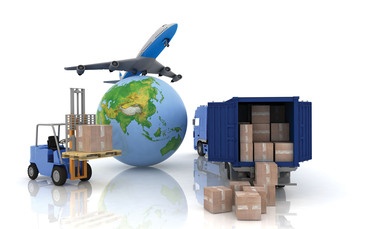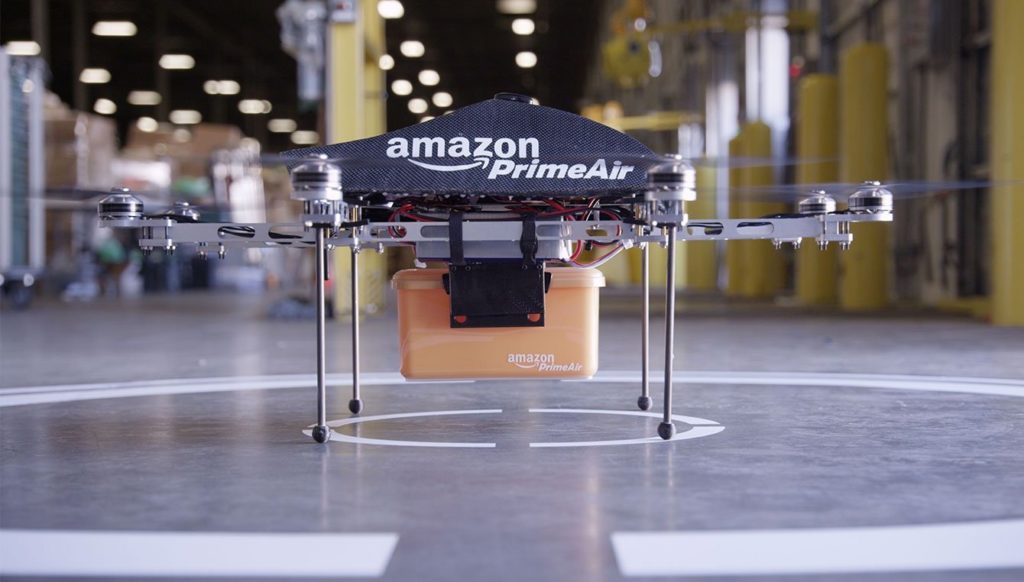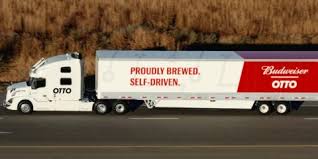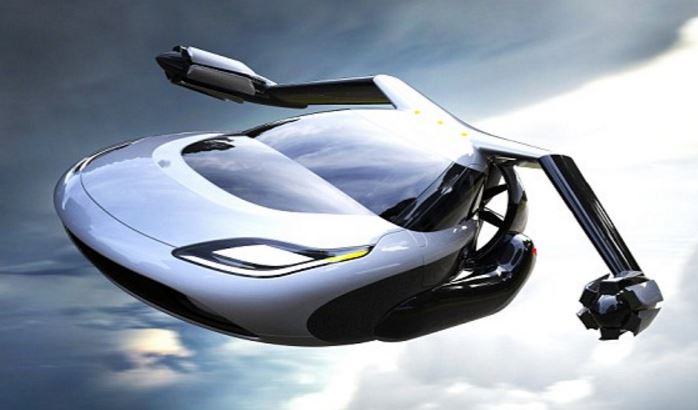If you are involved with POP displays as a designer, visual merchandiser, brand marketer, or store operations team member, it’s important to pay attention to the developments going on around you that have the potential to impact your job and change the way you do business. This is particularly true when it comes to technology. Technological innovation is moving very quickly, and if you are not paying attention you could easily get caught asleep at the switch. One of the areas that technology is disrupting in a major way is distribution.
Twenty-five years ago, business was much simpler. Globalization hadn’t really kicked in yet, and business models revolved around manufacturers, wholesalers, distributors, and retailers. There was very little channel conflict, and the rules for how to play the game were relatively clear.
However, over the last 15-20 years, technology and business innovation have combined to change the way business is done. Brokers and middlemen have been squeezed out of the equation in many industries. Manufacturers are bypassing wholesalers and distributors and selling to consumers directly. Chinese factories are competing directly with their customers by selling on Amazon and trying to establish their own brands. It’s become a free-for-all with far-reaching implications for the structure, conduct, and performance of many industries.
At the root of a lot of these changes is technology-enabled distribution. Think about how dramatically Apple changed the music industry when it came out with iTunes. No longer did you have to go to the store to buy a CD. By simply being able to download music onto your iPod, music distribution specifically, and the music industry more broadly, was forever changed. Similarly, when Amazon introduced the Kindle it fundamentally changed the way books were distributed. By eliminating the printing and distribution costs, Amazon changed the economics of the publishing and book retailing industry, which led to a massive exodus among book retailers.
The examples of Apple and Amazon are interesting, but they are both examples of content distribution, which in many respects is easier than the distribution of physical products. But the distribution of physical products is in the early stages of a major transformation. A key catalyst of this transformation was Amazon, once again. Amazon was the pioneer of free shipping, which not only had an impact on the economics of almost everything sold online, but more importantly, it ushered in an era of instant gratification and created a new level of service and expectation among consumers. Amazon has been working on solving the distribution problem for a long time, and there has been a lot of hype about drone deliveries. While it is likely that drones will be part of Amazon’s future distribution system, there is another trend that may have an even greater impact on distribution.
The trend we are talking about is self-driving vehicles. There has been a lot written about initiatives in this area by companies like Google, Apple, Uber, and the major car manufacturers. However, much of the buzz has been focused on autonomous personal vehicles that will replace taxis, change the way we commute to work, and reduce traffic accidents. But recently, there is more focus on the commercial implications of autonomous vehicles that could have a major impact on the transportation and logistics industry. If you haven’t seen this video of a self-driving truck from Otto with a fully loaded trailer of Budweiser beer driving more than 120 miles from Fort Collins, Colorado through Denver to Colorado Springs, it’s worth watching. You can start to see how this type of technology will lead to shorter delivery times and lower costs.
In addition, Tesla just announced that every car it produces, including the upcoming Model 3 sedan, will come equipped with 8 cameras, a dozen sensors to provide a 360-degree view, and all of the hardware needed to work with autonomous driving software. Similarly, major auto companies like GM have announced ambitious plans for developing a fleet of self-driving vehicles. GM recently invested $500 million in on-demand driving service Lyft as a way of accelerating its plan for autonomous vehicles. Ridesharing company Uber pushed the envelope even further when it recently announced a project named “Elevate” which is focused on creating a network of on-demand flying cars in the next 10 years.
These types of technological innovations will fundamentally transform distribution as we know it today. It will change the competitive dynamics in the retail industry and reshape the landscape in ways we can’t even imagine today. Pay attention to this this trend. It’s going to be big.

Jim Hollen is the owner and President of RICH LTD. (www.richltd.com), a 35+ year-old California-based point-of-purchase display, retail store fixture, and merchandising solutions firm which has been named among the Top 50 U.S. POP display companies for 9 consecutive years. A former management consultant with McKinsey & Co. and graduate of Stanford Business School, Jim Hollen has served more than 3000 brands and retailers over more than 20 years and has authored nearly 500 blogs and e-Books on a wide range of topics related to POP displays, store fixtures, and retail merchandising.
Jim has been to China more than 50 times and has worked directly with more than 30 factories in Asia across a broad range of material categories, including metal, wood, acrylic, injection molded and vacuum formed plastic, corrugated, glass, LED lighting, digital media player, and more. Jim Hollen also oversees RICH LTD.’s domestic manufacturing operation and has experience manufacturing, sourcing, and importing from numerous Asian countries as well as Vietnam and Mexico.
His experience working with brands and retailers spans more than 25 industries such as food and beverage, apparel, consumer electronics, cosmetics/beauty, sporting goods, automotive, pet, gifts and souvenirs, toys, wine and spirits, home improvement, jewelry, eyewear, footwear, consumer products, mass market retail, specialty retail, convenience stores, and numerous other product/retailer categories.





